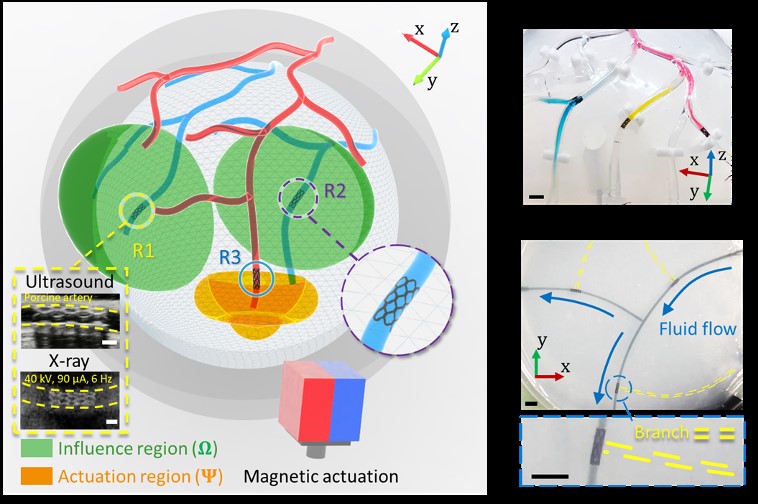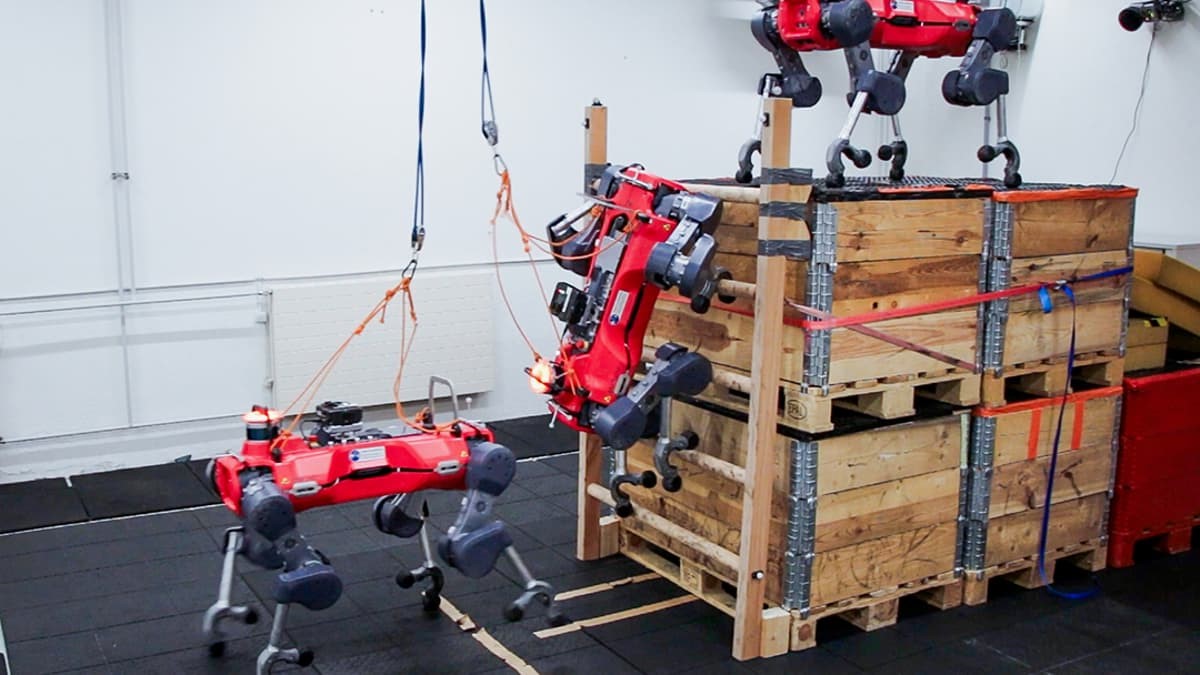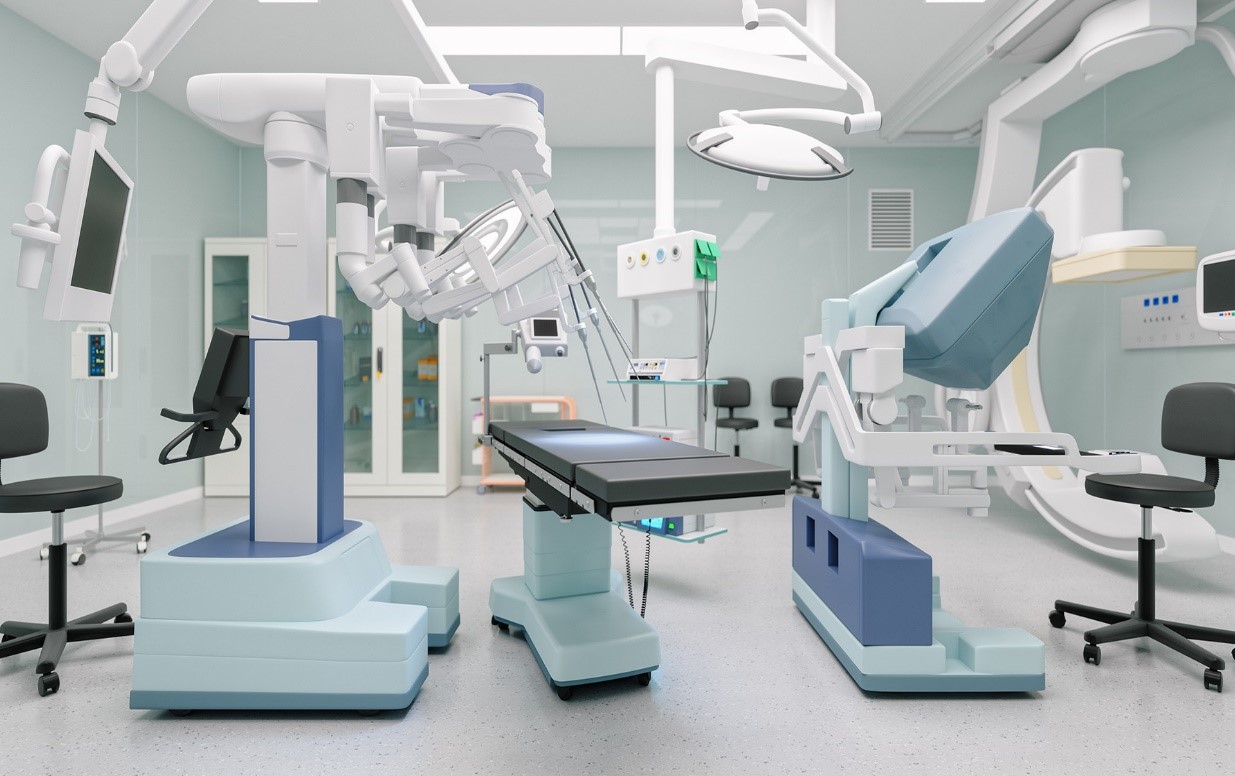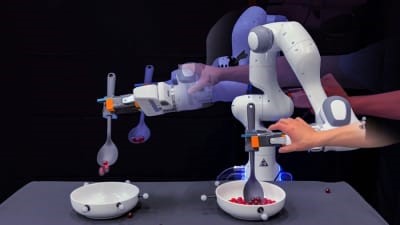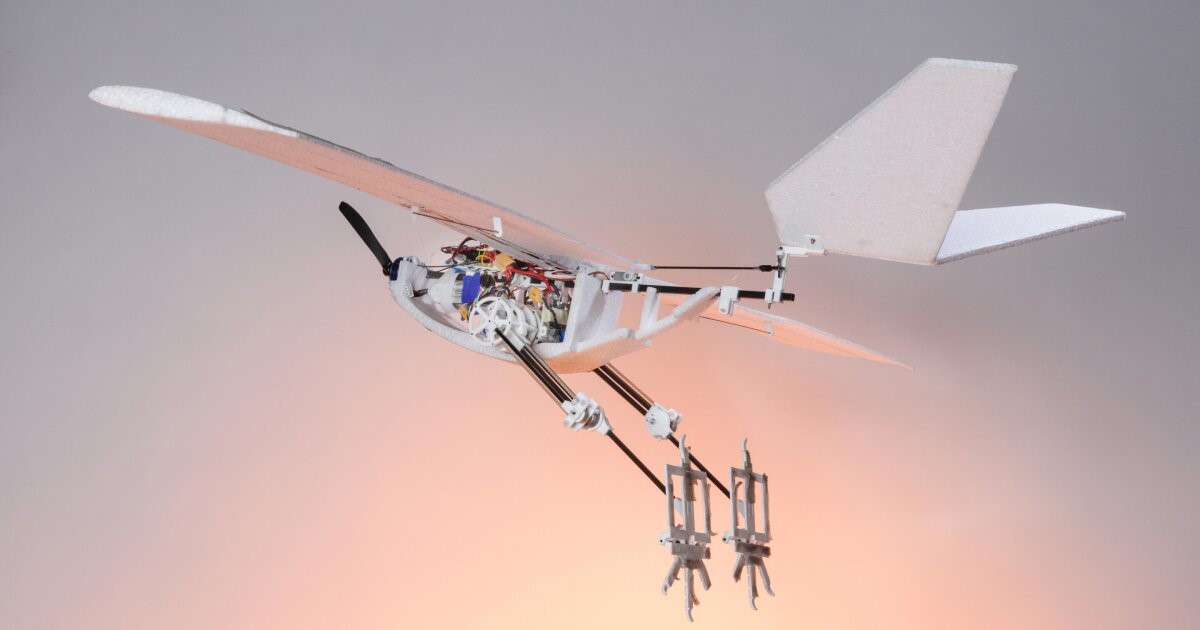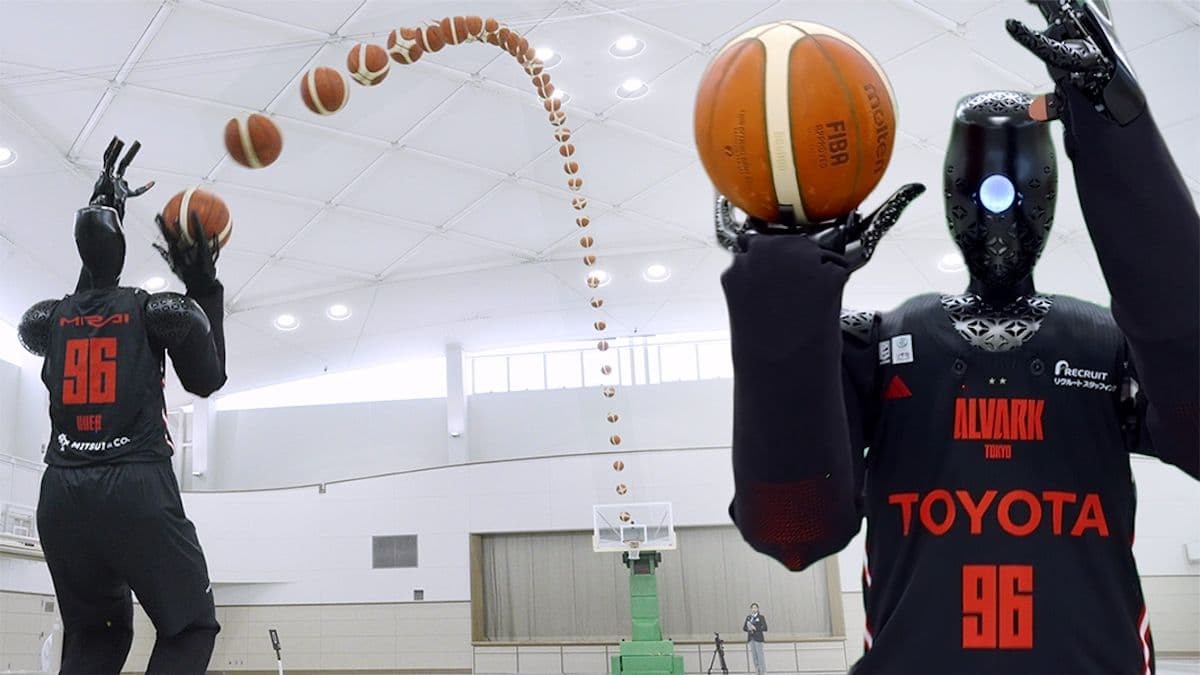Ambitious Robot Learns to Clean a Bathroom Sink by Observing
From washing urinals to tidying beaches, we can already envision a future where robots help keep our world cleaner. Now, a robotic arm has mastered the surprisingly complex task of washing a sink, showcasing its ability to learn.
While cleaning a wash basin may not seem advanced, it involves several challenges. The robot must intuitively know the correct angle for the sponge, apply varying force depending on the grime, and continuously adjust its movements across the sink's surface. It's a task we humans take for granted, but for programmers working with a novice robot, it's a significant coding challenge.

Figure 1. Robot Learns to Clean Sink by Watching
"Capturing the geometric shape of a washbasin with cameras is relatively simple," says Andreas Kugi from the Automation and Control Institute at TU Wien in Austria. [1] "But that's not the crucial step. The real challenge is teaching the robot: What type of movement is needed for each part of the surface? How fast should it move? What angle is best? And how much force should be applied?". Figure 1 shows Robot Learns to Clean Sink by Watching.
Recognizing the challenge of programming all the necessary data points and combinations, Kugi and his team decided to let their robotic arm learn the task by observing a human perform it.
To achieve this, they created a special cleaning sponge fitted with force and position sensors. A person used this sponge to repeatedly clean the front edge of a sink sprayed with a dyed gel mimicking dirt. The data collected from these cleaning exercises was then used to train a neural network, which translated the input into specific movement patterns. These patterns were fed to the robot, guiding its actions as it tackled the task. As shown in the video below, the training proved to be highly effective.
Federated Learning
Although the experiment focused on sink cleaning, the researchers believe it demonstrates that robotic arms could perform a variety of tasks on different surfaces, such as sanding, painting, or welding sheet metal. [2] Additionally, they suggest that a fleet of robots could learn basic movements from each other through "federated learning" and apply those movements to their specific tasks.
"Imagine multiple workshops using these self-learning robots for tasks like sanding or painting surfaces," says Kugi. "Each robot could gain experience individually with local data, but they could all share the parameters they've learned with one another."
References:
- https://newatlas.com/robotics/robot-cleans-sink/
- https://spectrum.ieee.org/robots-finally-learning-to-clean-the-bathroom
Cite this article:
Janani R (2024), Ambitious Robot Learns to Clean a Bathroom Sink by Observing, AnaTechMaz, pp. 97



